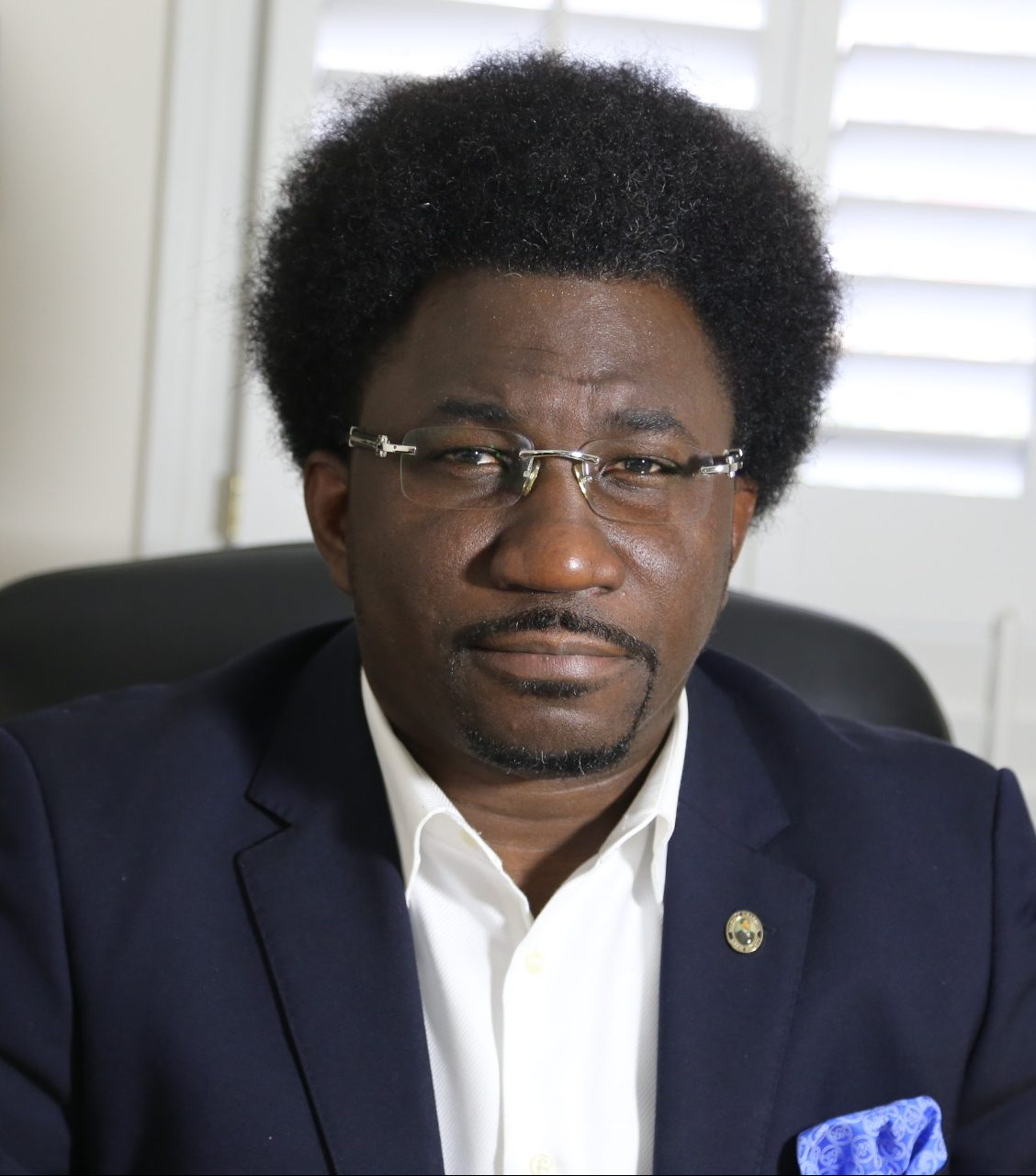In 2016, I attended the 1st Ultimate Culture Conference in Chicago hosted by Human Synergistics with the renowned Professor Edgar Schein, noted culture expert as the featured speaker.
These are the key lessons from Dr. Schein’s talk:
- The value and essence of culture in organizations cannot be trivialized.
- There is an erroneous tendency in the industry to approach culture interventions as a quick fix.
- Culture and change consultants must fully understand and appreciate the intrinsic complexities involved in cultural transformational engagements first before attempting to influence or drive any change
- The process of organizational culture change is arduous and must be handled with respect, caution, consideration, and patience.
- Remember that culture exists on two planes: the simpler and easier is the visible, peripheral stuff; while the harder is that which lies deep within and referred to as the skeleton.
“Culture is more like a lily pond than an iceberg.“-Edgar Schein
WHAT IS CULTURE?
According to iCreate, the International Center for Entrepreneurship and Technology, culture can be defined as that which matters greatly and has its own characteristics and unique personality. Culture, in a nutshell, is the DNA of an organization, the differentiating factor between organizations, and the definition that applies to everything including teams, groups, individuals, communities, and nations. The culture of an organization is what separates it from others and is the phenomenon that helps to understand the divergence in organizations.
One of the definitions, actually comparisons, for an organizational culture that resonated with me the most is that by Dr. Schein, which equates organizational culture to an individual’s personality. Invariably, organizational culture is a monolithic, rigid essence of an organization or entity that is rigid, complicated, complex, multifaceted and astonishingly cerebral. These multi-leveled complexities demand a paradigm shift for culture practitioners, organizational change agents, and leaders.
Culture is an imperative factor which differentiates a successful company from other average companies.-iCreate
ORGANIZATIONAL CULTURE
Culture is less about what we say we are but more about ‘who’ we are. Culture isn’t a nirvana to point to rather it is the journey, the daily essence of life.
My focus, however, is on the intuitive ability to evaluate organizational cultural fit and in hope, it acts as a reference guide for job seekers, business partnerships and other potential alliances between organizations and individuals. So before you commit, evaluate and ascertain congruence between yourself and the organization.
CULTURAL FIT
The idea of cultural fit lies on the premise of a ‘perfect match.’ A cultural fit happens when an individual finds the appropriate organization (environment) where his or her talents are adequately nurtured, valued, developed and rewarded. Similar to how certain fruits thrive in some climes and not others, human talents also have natural ‘sweet spots’ and finding that synergistic environment is an integral component to overall success.
FOR A FEW DOLLARS MORE
I stumbled upon this phenomenon when I was being recruited out of college. It was an amazingly surreal process and one that stroked the ego. It truly felt great to be ‘needed’ and ‘wanted.’ I had the privilege of being ‘courted’ by a few firms and do still remember vividly how special those recruiters made me feel. At the time, I wasn’t aware of the cerebral nuances of culture; however, as I spoke to each recruiter and evaluated my options, I intuitively matched each interaction with an attribute and intuitively evaluated each company’s visit through this prism. My visit exposed each company’s culture and as I interacted with the employees I could ‘sense’ which one was the right one for me (Company B).
LESSON LEARNED
Fast forward to the negotiation part, eventually, this is the part that truly shows if there are an overwhelming interest and ‘respect’ right? As I reviewed my offers, I gravitated towards Company A that offered a slightly higher benefit package than Company B. As I leaned towards Company A, my internal signals flared up and as soon as I accepted the offer, I knew immediately I had made a mistake. After a few ‘troubling’ days agonizing over my decision, I reached out to the recruiter for Company B and admitted I had made a mistake and would like to reverse my decision. Long story short, I was presented with a second chance and given the job offer, which I gladly accepted. Give me a few days, she said, and I will see what we can do. She came back shortly thereafter with an offer and the rest is history. However, I learned a life-long lesson about culture and would like to share some thoughts on attributes to consider and questions to ask during your next business engagement, job interview, partnership or contract work arrangement, employment, or project.
IN SUMMARY
- Trust your hunch, gut, and intuition
- Trust what you perceive to be your first impression, do not discount it
- Discover and confirm the ‘heart’ and the uniqueness of the organization
- Look for the invisible pillars (the skeletons), upon which the cultural programming is based
- Seek to know more about what is invisible or unsaid because the culture is invisible and resides within the soul and mind of the individuals
QUESTIONS
- Ask who defines, protects, guides and manages the values or mores of the venture, team, organization or company? Note the subtle differences between sets, protects (enforces), guides (preserves) and manages (handles)
- Ask and view the symbols and items that are deemed precious and valuable to people
- Ask for the symbols that itemize the values of the organizations and seek to understand their meaning
- What are the items that are valued esteemed highly and act as the glue that holds, informs, directs and protects the organization?
- Ask how does the organization treat her most precious assets – people
- Ask how the least recognized employees are viewed and reached
- Ask how the organization communicates
- Ask how integral and interconnected those feedback channels or loops are
COMMENTARY
The fastest route to know leadership is to observe culture because organizational culture starts from the top, and even if Human Resources (HR) is deemed the custodians and enforcers of culture, it is rather the job of the leader to communicate, set guidelines, mores and sign-off on the daily measurement, adherence, and support needed to successfully implement any culture. Leadership and Culture are fused together.
The Culture of any organization is shaped by the worst behavior the leader is willing to tolerate.-Grunter and Whitaker
Finally, do not underestimate the role of artifacts—cultural values are revealed in interactions, actions, and behaviors. Exploring the valuable items and symbols that itemize the values of the organization reveals what is held dear to employees.
Wishing you the very best in your next assignment, engagement, and interactions.
Dr. Flo
Originally published on Culture University


